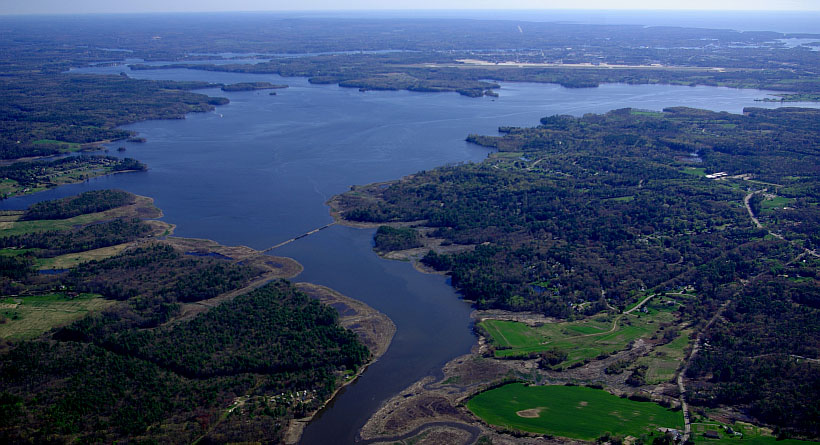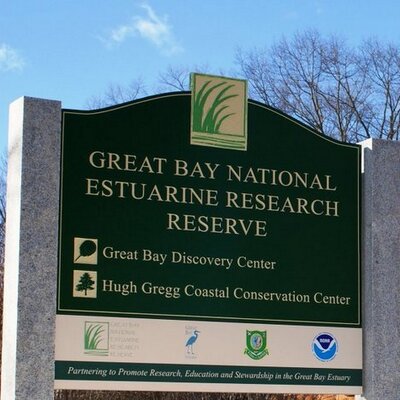Coastal communities in New Hampshire are experiencing an increase in significant weather events, such as flooding and erosion, due to sea level rise and climate change. To reduce the impacts from these events, coastal communities can better manage the shoreline through the use of shoreline armoring or more natural approaches. This project will determine residents’ preferences for shoreline management options in coastal New Hampshire, as well as estimate the costs associated with those options.
Why We Care
As coastal flooding and erosion impacts increase in frequency and severity under a changing climate, it has become progressively more important for communities to develop cost-effective adaptation strategies. Managers at the Great Bay National Estuarine Research Reserve (NERR) have been interested in evaluating shoreline infrastructure options, as exemplified by the Buffer Options on the Bay Project, and The Smart Shoreline Project. Understanding the costs and benefits, including impacts on ecosystem services, related to the implementation of various types of shoreline infrastructure will provide managers at the Great Bay NERR with key information for decision making.


What We Are Doing
Researchers are conducting a household survey of residents in coastal New Hampshire, Maine, and Massachusetts. The goal of the survey is to better understand public perceptions of coastal risks and hazards, current and anticipated adaptation practices on private property, and preferences for adaptation practices on public property in coastal New Hampshire.
Researchers are also compiling an inventory of existing, public shoreline infrastructure in coastal New Hampshire. The goal of this inventory is to better understand the costs associated with different types of shoreline management projects, such as marsh restoration, sand dune nourishment, and seawall repair, to better understand the associated costs.
Benefits of Our Work
This study will support the development of a Coastal Shoreline Management Plan (CSMP) for New Hampshire, as well as help inform local coastal zone management and planning. It will help ensure the CSMP and future management and planning practices properly address public perceptions of coastal risks and hazards, account for existing private and public adaptation practices, incorporate the public’s preferences, and budget for future shoreline infrastructure projects. Finally, this information will also help local managers develop more targeted and meaningful messaging in their communication and outreach efforts.
